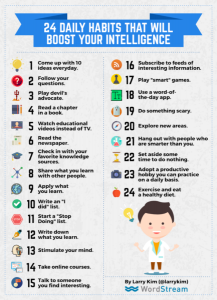When it comes to designing a new website or redesigning your existing one, SEO should be at the forefront of your mind.
Having a strong SEO campaign on your website is fundamental to making your business a success online. Despite this, many businesses are struggling to create SEO friendly websites.
To make your website SEO compliant, a search engine needs to be able to explore every aspect of your site and most importantly understand the content that is available. In order to achieve this, the design of your website requires careful planning.
CMS
Firstly, the Content Management System (CMS), that you use to build your site can hugely influence how successful your website will be in terms of SEO. While a bespoke WordPress site has a great CMS, it’s not the only option. The CMS you choose needs to be right for you, your business and, most importantly, must allow you to optimise your SEO. Before starting your campaign, spend some time researching which aspects of your site a CMS will let you alter, so that you can gain the most from it.
Domains
Having a domain name that makes sense is one of the most basic and obvious ways you can help to boost your website’s SEO. When deciding on a name for your domain, you must make sure it is relevant to your business. Best practice dictates that the simpler it is, the better.
It is important to note that, despite popular belief, having keywords in the domain name does not help your SEO and it won’t help your website reach a global audience. For example, our domain name is www.gro-marketing.co.uk, if we were to add more keywords to make www.gro-marketingwebsitedesignhull.co.uk, it would not only look clumsy but would be difficult to read.
Whilst this is true, using appropriate keywords such as marketing for a marketing company’s URL helps with omni-channel marketing and cross-channel consistency. If the URL is pasted into social media posts or displayed in SERPS (Seach Engine Results Page), it leaves no room for confusion.
Mobile Friendly Website Design
As we spend more time on our mobile devices, it is becoming more integral that websites cater to the mobile-user. This is becoming known as mobile first. In fact, mobile friendliness has now been confirmed by Google as a ranking factor for searches, making it a vital component for your SEO strategy. Websites that are mobile first have higher search engine rankings and as 87% of people who own a smartphone use a search engine at least once a day, this is important. Optimising customer engagement from a mobile point of view will drive more traffic and engagement to your site.
Navigation
A well-structured and easy to read site allows search engines to navigate successfully. Considering the user experience for your customers before you build your site makes this process much simpler. Making content 3-clicks-away is advised, if users can’t find what they’re looking for they’ll return to Google. Similarly, if Google cannot read your alt, meta & title tags to decode what your website is all about, this will affect your SERPS ranking.
Indexation
To understand your website, Google must be able to read it. In order for this to be possible, you must make sure that your website is text-based behind the scenes. In this sense content is king.
While images, videos, and their alt tags will still aid SEO, clearly articulating what your business is about will be most beneficial. This also works with content tags, if it is discoverable and easy to read, search engines will find it. Therefore, your customers will find you.
Digital & Social Articles on Business 2 Community(67)






